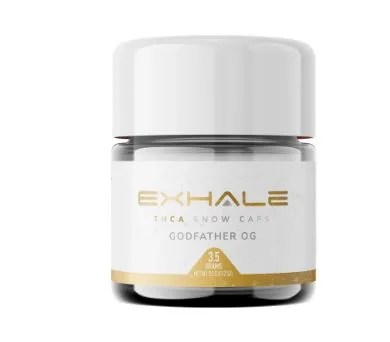Boost Your Brand with Stunning Custom Bottle and Jar Labels
Key Takeaways
- Effective custom labels can significantly enhance brand recognition and consumer appeal.
- Understanding materials, printing techniques, and audience preferences is crucial in design.
- Custom labels are versatile tools for marketing, compliance, and user engagement.
Table of Contents
- Introduction to Custom Labels
- The Role of Design in Branding
- Materials Matter: Choosing the Right Medium
- Printing Techniques for Lasting Impressions
- Legal and Compliance Considerations
- Engaging Your Audience with Storytelling
- Common Mistakes to Avoid
- Future Trends in Labeling
Introduction to Custom Labels
In today’s fiercely competitive marketplace, a product’s presentation is as vital as its content. Custom labels on bottles and jars transcend mere decoration; they are pivotal elements of strategic branding and marketing initiatives. These labels act as silent advocates for your products on retail shelves. When meticulously tailored through custom label printing, they instantly communicate a brand’s essence and values, captivating potential customers.
A well-designed label’s aesthetic allure and informative content can significantly influence consumer choices. Labels that stand out offer a tangible edge over competitors, enabling brands to capture consumer interest swiftly. With many design possibilities, labels serve as a dynamic platform for effectively conveying a brand’s unique narrative and value proposition.
The Role of Design in Branding
The distinction of a product in crowded markets often hinges on the design of its label. Brands can forge profound emotional connections with their audience by employing an artful blend of colors, typography, and imagery. As articulated in an article by Forbes, aligning label design with a brand’s voice and values attracts the intended audience and nurtures brand loyalty. This alignment ensures that the visual language of the product helps consumers intuitively grasp its quality and essence, enhancing their shopping experience and satisfaction.
Materials Matter: Choosing the Right Medium
The choice of material for a label is critical, influencing its durability and the customer’s overall perception of the product. Materials range from traditional paper to advanced synthetics, each offering distinct benefits. For instance, waterproof materials are indispensable for products anticipated to come into contact with moisture, ensuring longevity and maintaining aesthetic appeal. This selection impacts not only the practical durability but also the sensory interaction a consumer experiences, contributing to the perceived quality and luxury of the product.
Printing Techniques for Lasting Impressions
The method of printing greatly impacts the quality and impression of labels. Various techniques, including digital printing and flexography, cater to different needs, offering unique advantages in terms of finish and cost-effectiveness. An insightful article by PrintWeek delves into the advancements in digital printing technology, which is paving the way for more personalized and customized label solutions. These innovations enable brands to produce vivid, high-quality labels that captivate and maintain consumer interest, strengthening their market presence.
Legal and Compliance Considerations
Adhering to legal standards and compliance regulations is a non-negotiable aspect of label production, particularly in regulated industries such as food and beverages. Labels are required to provide accurate product details, nutritional information, and mandatory safety warnings. Compliance not only precludes potential legal issues but also builds consumer trust through transparency and reliability. It reflects a brand’s commitment to safety and ethics, reinforcing consumer confidence and satisfaction.
Engaging Your Audience with Storytelling
There is a burgeoning trend in utilizing labels as storytelling instruments, allowing brands to share their values, origins, or crafting processes. By narrating compelling stories, labels can enhance consumer engagement, transforming them from passive buyers into enthusiastic advocates. This narrative strategy not only disseminates the brand’s ethos and heritage but also fosters an emotional bond with consumers, bolstering brand loyalty and product recall.
Common Mistakes to Avoid
A common pitfall in label design is overcrowding with excessive information or decorative elements, which can overwhelm or confuse consumers. Labels should remain in harmony with current brand aesthetics and messaging; neglecting to update them can result in misalignment and dilution. Reviewing and refreshing label content ensures clarity, compliance, and continued relevance in the ever-evolving marketplace.
Future Trends in Labeling
As consumer expectations evolve, the future of labeling will be shaped by innovations like smart labels and the adoption of sustainable materials. With consumers increasingly seeking eco-friendly products and demanding greater product transparency, businesses must leverage these trends to maintain their relevance and appeal. Anticipating and integrating such advancements will position brands as pioneers in sustainability and innovation, meeting the demands of the modern, informed consumer.






